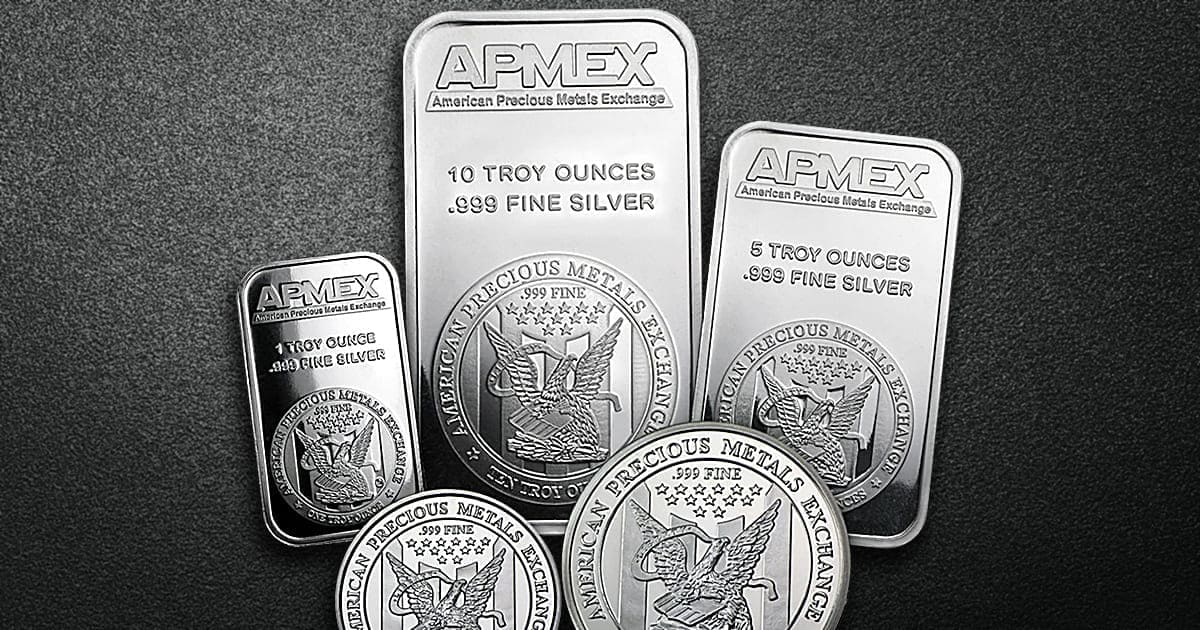
Does .999+ Mean the Same Thing as .9999?
In precious metals, the millesimal terms .999 fine and .9999 fine refers to gold, silver, platinum, and palladium products with 99.9% and 99.99% purity, respectively.
Where Does That Leave .999+?
When a gold or silver product is referred to as having .999+ millesimal fineness, it indicates a metal purity that is greater than 99.9% but less than 99.99%.
.999 and .9999 are generally used as the standards for precious metals purity. Where does the .999+ originate?
The term 999+ is often used to describe precious metal products that are investment grade. It ensures that the coin, round, or bar will be of exceptional purity and predominantly free of impurities that could affect their value.
When dealing with individual retirement accounts and precious metals, this term will come into play. For a product to be eligible for a precious metal IRA, it must meet standards of purity as defined by law.
Gold products used for IRAs must be 99.5% pure or have a millesimal fineness of .995.
Silver products used for IRAs must be 99.9% pure or possess .999 fineness.
Platinum and palladium products must be… drum roll, please… 99.95% pure or possess .9995 millesimal fineness, making them .999+ precious metal products.
It should be mentioned that the term 999+ is not an official designation but a shorthand for referring to ultra-high purity products that are less than .9999 fine. In spoken conversation, these will often be referred to as “three nine’s fine” and “four nine’s fine.”




